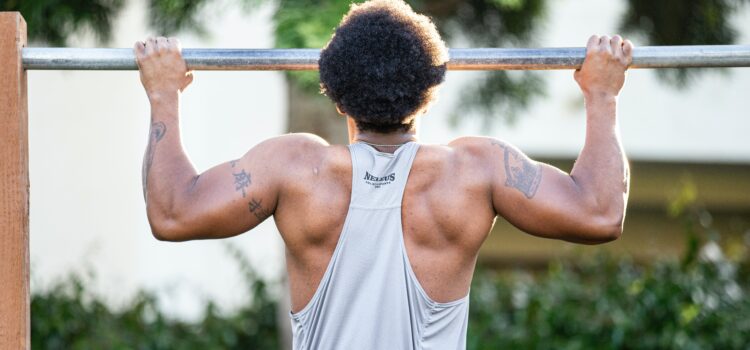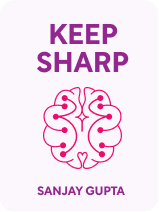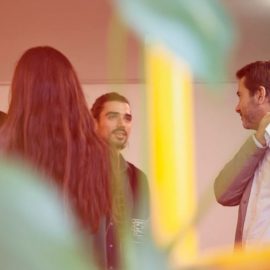

This article is an excerpt from the Shortform book guide to "Keep Sharp" by Sanjay Gupta. Shortform has the world's best summaries and analyses of books you should be reading.
Like this article? Sign up for a free trial here .
How much exercise do you need a day? How does a lack of physical activity affect your health?
The amount and kind of exercise one needs varies significantly from person to person. Nevertheless, a minimum of 30 minutes of physical activity a day is recommended by health professionals. Prolonged inactivity poses serious health risks, including metabolic and cognitive problems.
Here’s how much exercise you need a day to keep your body and mind healthy.
How Much Exercise?
Knowing how important exercise is, how much exercise do you need a day to stay healthy? Gupta says the good news is that it doesn’t take a lot to counteract the negative effects of inactivity. Aim for at least 30 minutes of exercise a day, five times a week. However, Gupta claims that if you want to get the most out of exercise, exercising more than an hour a day is now recommended. This is because, from an evolutionary perspective, humans have usually spent most of their day moving.
(Shortform note: Most health experts and doctors agree that you should exercise at least 30 minutes a day or 150 minutes a week. As Gupta points out, though, ideally you should get more than that. A 2011 study found that the optimal amount of moderate aerobic exercise is around 90 to 100 minutes a day, or around 700 minutes a week. Alternatively, 350 minutes of intense exercise (as opposed to moderate) will also suffice. This may seem like a lot, but to achieve this, researchers recommend two things: Start at a young age, and find what motivates you.)
What Kind of Exercise?
To get the most out of exercise, also aim for a mix of three forms of exercise: aerobic, strength, and interval training.
- Aerobic exercise: Aerobic exercise, also known as cardio (like jogging, swimming, biking, or even brisk walking) involves getting your heart rate and breathing up.
- Strength training: Strength training involves using weights or your own body weight to gain muscle mass. It’s important because muscles are crucial in burning calories and maintaining overall metabolic health.
- Interval training: Interval training involves alternating between various levels of speed and intensity in your workouts. This helps challenge the muscles and prevent them from plateauing.
| Developing a Balanced Exercise Routine In Awaken the Giant Within, Tony Robbins advises finding the proper balance between aerobic and anaerobic exercise. Anaerobic exercise (like strength training and interval training) helps build muscle and improve flexibility, but it can also be harmful when done incorrectly. Too much anaerobic exercise can burn through your body’s glucose and lead to anxiety, circulation problems, fatigue, headaches, and injuries. To avoid this, Robbins recommends building an aerobic base, as this trains your body to burn fat instead of glucose. If you are starting from scratch, build an aerobic base by running, swimming, or biking for at least 30 minutes a day, three times a week for two to three months. Then, you can begin adding anaerobic exercises like weightlifting or high-intensity interval training. |

———End of Preview———
Like what you just read? Read the rest of the world's best book summary and analysis of Sanjay Gupta's "Keep Sharp" at Shortform .
Here's what you'll find in our full Keep Sharp summary :
- The steps you can take to prevent cognitive decline such as Alzheimer’s
- How to keep your brain strong and resilient throughout your life
- Foods to eat and avoid to maintain brain health






